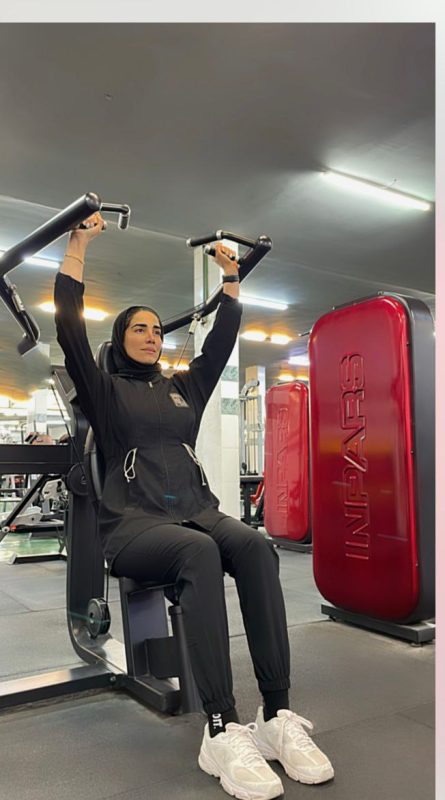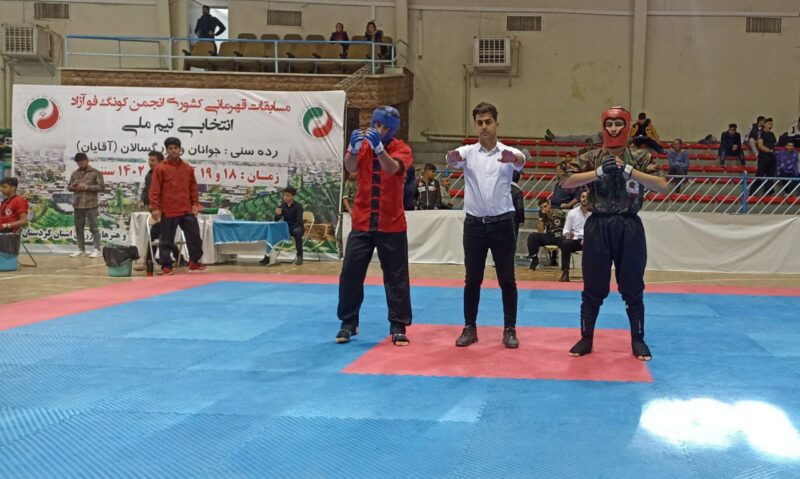
Atefeh Parvizi – didgahnews / Epiphyseal plates or in other words growth plates are responsible for the growth of bones in children and adolescents, these cartilages are divided and produced during childhood and help the process of new bone production.
The process of reproduction and production of this part stops when puberty is reached.
This process usually continues in girls until the age of 16 and in boys until the age of 18.
The most important factor affecting the growth of people’s height is genetics and hereditary factors.
The growth of people’s body mass is related to the increase of testosterone, despite the involvement of testosterone in bone growth, it has led to an increase in muscle volume and finally height growth.
So far, no research has been done on the negative effect of weight training on people’s height growth, if bodybuilding exercises are done correctly with standard equipment in the right environment, they will be completely safe.
Therefore, the negative effect of bodybuilding on children’s growth has been rejected as a false belief.
People can start bodybuilding exercises from 11 to 14 years old.
And from the age of 17 is the best time to start bodybuilding and increase strength.
Starting bodybuilding exercises not only has a negative effect on people’s height, but it has also led to the growth of bone density, increased self-confidence, increased strength and bone strength index or BSI, and reduced risk of fractures and exercise-related injuries.
Regular physical activity has reduced fat mass and increased muscle mass and increased growth hormone secretion.
Therefore, regular exercise may be effective in growing a person’s height to the final limit determined by genetics.
Here we should also pay attention to the factors affecting the growth of bones, these factors include improper nutrition, reducing the amount of food consumed by the pregnant mother, thyroid disorders, glandular problems, hormonal disorders, improper sleep, congenital diseases, infection. He pointed out consecutive rheumatism.





